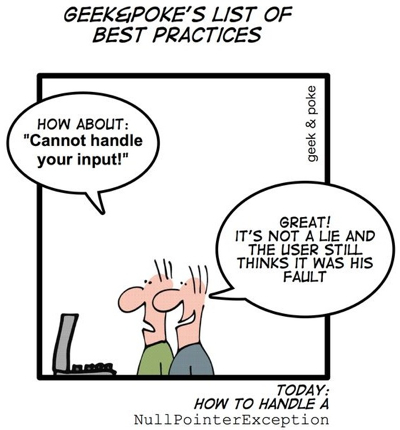[GUEST POST] Rules Rule (The Necessary Evil)

Mark Schreiber
Guest Writer
Disclaimer: Guest posts represent the diversity of opinion within the world of gamification, and the views and opinions expressed in guest articles are those of the author.
The other day a Singaporean friend posted this complaint on her Facebook page:
“Can somebody tell me where the f*cking link to pay taxes is on mytaxportal? They keep telling me a list of things to do but I can’t find the damn link to enter the info.”
Now this is a smart, computer-literate woman. But what struck me wasn’t that her complaint was so unusual, but that it was so common. We can all think of instances where we’ve been baffled by a site’s labyrinthine UX, or user experience. We just want to complete a straightforward task but we end up back where we started, as if we were navigating a maze.
In the example my friend cited the solution seems as simple as installing a large button that reads: PAY TAXES. But instead the log-in page is a confusion of options that stops the viewer rather than directs her. Why?

Gamification companies like Badgeville and Bunchball, and writers and speakers on the subject refer to points, badges, leaderboards and rewards when listing game elements. But I realized after reading my friend’s post that I couldn’t recall any of them mentioning what might be the most important game element of all: easy-to-follow rules.
Of course badges and rewards are sexy, while rules are a necessary evil. Who likes writing instructions? But I also realized people who work in the game and gamification industry probably take writing rules for granted because they’re good at it, and might not realize how difficult it is for outsiders to write easy-to-follow instructions.
Unfortunately in most instances we encounter, like that of my friend, the rules aren’t written by game designers but by administrators, bureaucrats, lawyers – by people trained in obfuscation, not clarity. These professionals also have different objectives. If you design a game it’s paramount that players understands the rules. But a lawyer writing the rules for a corporate or government department is more interested in liability than in customer satisfaction.
A frequent complaint about gamification is that it won’t necessarily motivate users. But there are countless cases where users are already motivated and engaged. You just need to keep them from pulling their hair out.
So I believe compliance is as important as engagement, and this as an area where gamification can make an immediate and lasting impact. A lot of games, such as Plants vs. Zombies, make use of stealth tutorials to teach the game as you play it. Game designers have an almost instinctive knack for incremental teaching; that is, ratcheting up complexity and speed without frustrating the player. There’s no reason that the methods they use to teach their games can’t be used to instruct citizens how to navigate a government web site.
Gamification enthusiasts talk about making non-game experiences more fun. But eliminating frustration can be just as important a goal. Paying your taxes doesn’t have to be fun. But for people like my friend, who have no problem playing complicated games like Diablo III, paying her taxes online should be easier than slaying a Skeleton King.
Published on 16 July, 2012
This post was contributed by Mark Schreiber, guest writer
Mark Schreiber is a full time novelist since graduating high school at the age of 15. He also engineered his sister’s bestselling writing career and started and run several businesses, including a solo medical practice. He’s currently interested in technological entrepreneurship in Singapore and Silicon Valley.
Mark Schreiber is a full time novelist since graduating high school at the age of 15. He also engineered his sister’s bestselling writing career and started and run several businesses, including a solo medical practice. He’s currently interested in technological entrepreneurship in Singapore and Silicon Valley.
